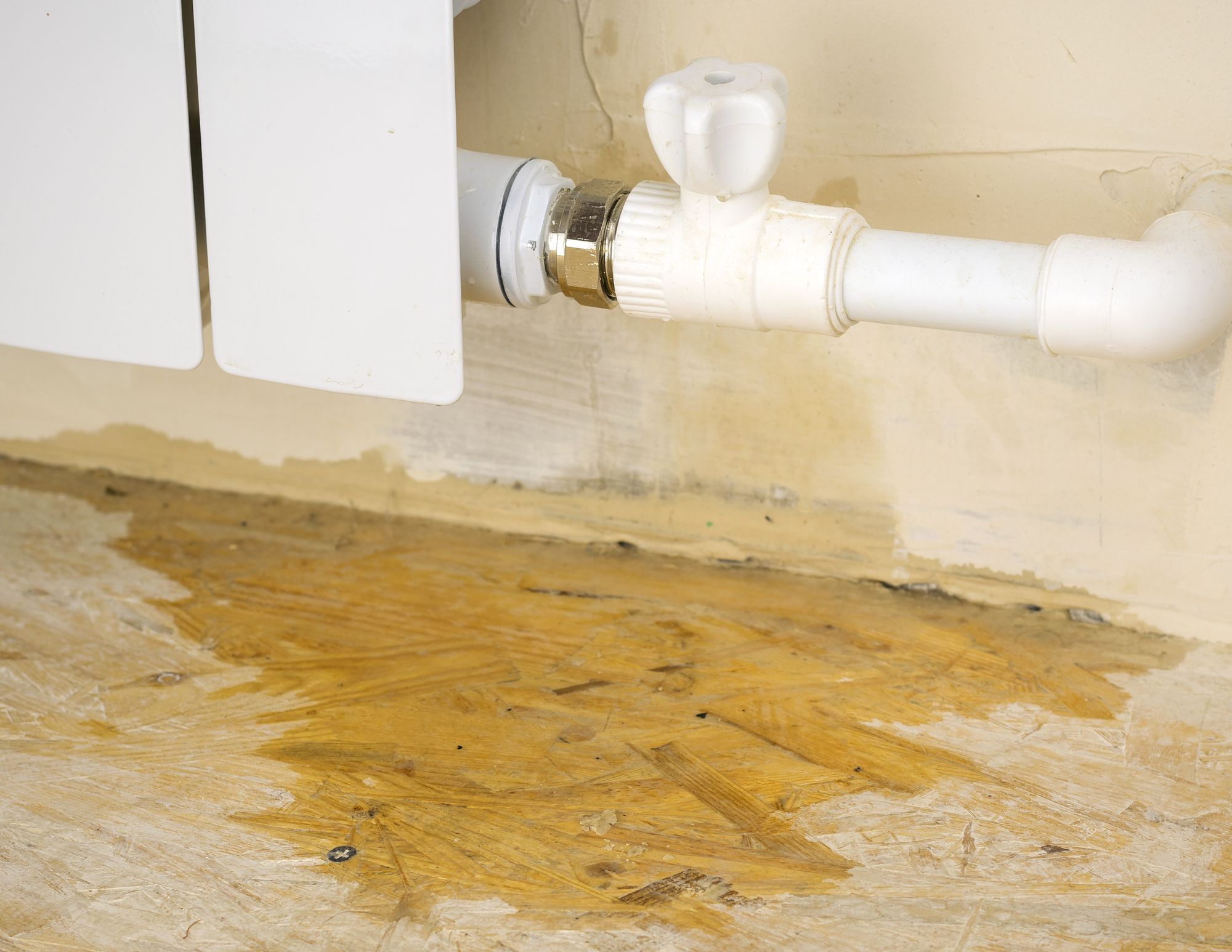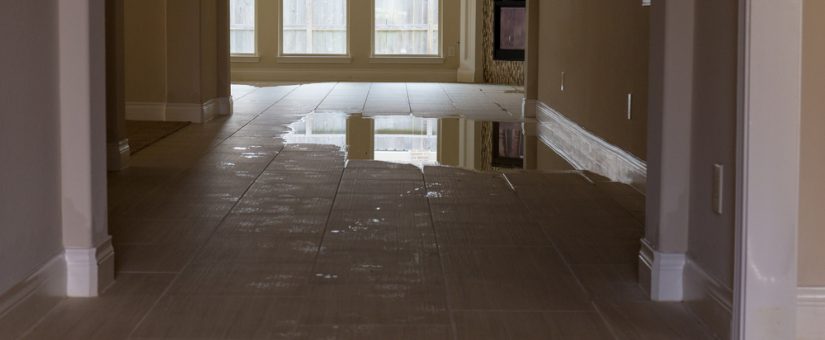Find Out Main Factors Contributing To Water Leak Issues Within Your House
Find Out Main Factors Contributing To Water Leak Issues Within Your House
Blog Article
Do you find yourself in search of ideas around Top Causes of Home Water Leaks?

Leakages not only cause waste of water however can additionally trigger unnecessary damage to your residence and also promote unwanted natural growth. Water leakages may go undetected since most of the pipework in our house is concealed. By looking and recognizing for everyday scenarios that create leaks, you can safeguard your home from future leaks as well as unneeded damage. Today, we will consider 6 leakage triggers that may be creating your pipelines to drip.
Immediate temperature level modifications.
Extreme temperature changes in our pipes can trigger them to broaden and also acquire unexpectedly. This development and also tightening might trigger cracks in the pipelines, specifically if the temperature are below freezing. It would certainly be best if you kept an eye on just how your plumbing functions. The existence of the previously stated situations regularly indicates a high danger.
Rusty water supply
As time goes by, your plumbing system ages as well as corrosion such as corrosion may start gnawing the pipelines. This could be the source of staining or warping on your pipes. This requires an assessment with your plumber right away. Take into consideration replacing the pipes considering that they are at a higher threat of deterioration than the newer designs if our plumbing system is old.
Defective Pipe Joints
The point at which your pipes connect is frequently the weakest web link in the waterline. Pipeline joints can degrade gradually, leading to water leaks. Unfortunately, the majority of pipeline joints are not conveniently visible. If you have noisy pipes that make ticking or banging noises, particularly when the hot water is activated, your pipe joints are possibly under a lot of pressure. It is a good idea to have your plumber inspect your system once a year.
Encroaching roots
A lot of water leakages start outside the house rather than inside it. You might see damp spots or sinkholes in your backyard, as well as that could mean that tree roots are getting into water lines causing water to leak out.
Poor Water Connectors
Sometimes, a leakage can be triggered by loosened pipes and pipes that provide your appliances. Usually, shifting is what causes the loose water Connections. You might find in the case of a washing device, a hose pipe may spring a leak because of trembling during the spin cycle. In case of a water links leak, you may observe water running directly from the supply line or puddles around your home appliances.
Blocked Drains
Clogged drains pipes may be irritating and inconveniencing, but they can often end up causing an overflow leading to rupture pipelines. Keep eliminating any materials that might go down your drains that might block them to prevent such troubles.
All the above are root causes of leakages yet not all water leaks result from plumbing leakages; some leakages may originate from roof covering leaks. All leakages should be fixed promptly to stay clear of water damage.
Leakages not only create waste of water however can also trigger unnecessary damages to your home and promote unwanted organic development. By looking and recognizing for daily circumstances that create leaks, you can protect your house from future leakages and unneeded damages. Today, we will look at six leak creates that may be causing your pipelines to drip.
At times, a leakage can be triggered by loose hoses and also pipes that supply your appliances. In instance of a water links leakage, you may notice water running straight from the supply line or pools around your home appliances.
Tell-Tale Signs of a Water Leak
The Sound of Running Water
If you’re hearing water running, your first step should be to check your faucets, toilet valves, and outdoor spigots. If everything if status quo, take an exact reading of your water meter and don’t use the water for a few hours. Then, take another meter reading. If there has been no change, that means water is not running (and maybe it’s time to have your hearing checked!). If the reading has changed, however, this indicates that water is indeed flowing and you most likely have a leak.
Wet or Damp Floors
You’re walking across your carpet and suddenly squish—your sock is soaked! The dog doesn’t look guilty and your child swears they didn’t spill anything. That means you’re likely looking at sewer leakage. Now, it’s easy to just soak it up with a towel and call it a day; however, this won’t stop the leak. Ignoring the problem allows moisture to build up, ultimately causing mold or mildew. Not only is this smelly, it can be very toxic and harmful to children, the elderly, pets, and those with weak immune systems. Don’t risk the health of your home and your family—call in a professional to take care of the problem.
Foul Odors
If there’s an unpleasant smell in your home and you can’t locate the source, don’t just light a candle or spray some Febreze. Funky smells are often due to mold and mildew, which spread fast under ideal conditions (optimal temperature and level of humidity). Growth begins within about 24-48 hours, and spores start to colonize in 3-12 days, becoming visible to the eye within about 18 days. If you think the odor is leak-related, get a plumber out as soon as possible to mitigate damage from rapid fungi growth (and rid your home of the foul odor).
Overgrowth in the Lawn
Unless you didn’t fertilize your lawn evenly, a lush patch of grass in a select area of your lawn, or concentrated wet spots, indicate pipe leakage which is acting as a fertilizer. Left untreated, hazardous bacteria in the underground waste will quickly turn into a messy situation, going from lush growth to lawn destruction.
Wall Cracks
Over time, even the littlest of leaks can cause cracks in the foundation of your home and compromise the entire structure. How does it happen? The leak continues hammering away at the same spot in the ground beneath your home, eventually causing it to shift slightly. Now, you’d never feel this shift, but your walls will. This can be a very dangerous situation, so if you’re seeing vertical or diagonal cracking in your walls it’s best to call a plumber right away.
https://www.expresssewer.com/blog/6-telltale-signs-of-a-water-leak-in-your-home

We hope you liked our section on Top Causes of Home Water Leaks. Thanks a lot for taking time to browse our posting. If you enjoyed our article please remember to pass it around. I am grateful for your time. Visit us again soon.
Overflow resolution available. Report this page